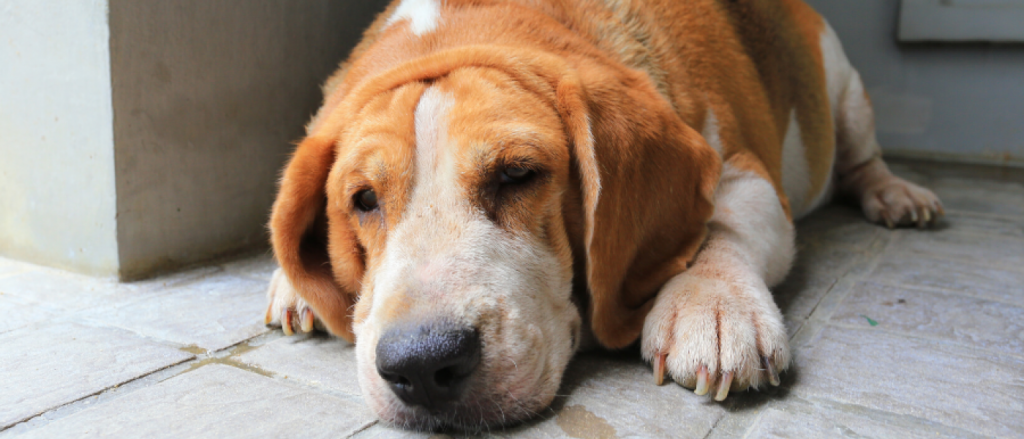7 Signs of Diabetes in Dogs

November is Pet Diabetes Month, and it’s important that dog owners everywhere take a moment to recognize the seven symptoms of diabetes in dogs.
What is Diabetes?
Diabetes is a condition that happens when glucose, a type of sugar and the main source of energy for the body, does not break down as it should. Glucose levels are mainly controlled by insulin, a hormone that is made by the pancreas. When someone (person or dog) has diabetes, there is not enough glucose, and what results is a sort of metabolic starvation that triggers the body to break down fat and muscle tissue, which the liver converts into sugar.
Who’s at Risk?
While diabetes in dogs can occur at any age, they are typically diagnosed between 7-10 years of age, and for whatever reason, it occurs in female dogs two times as much as male dogs. Certain breeds are also at risk including: Poodles, Bichons Frises, Pugs, Dachshunds, Miniature Schnauzers, Puli, Samoyeds, Keeshonds, Australian Terriers, Fox Terriers, Cairn Terriers, and Beagles. However, obesity is one of the most common risk factors.
Of course, as with any disease, condition or disorder, earlier detection is always better, so it’s important to know the signs of diabetes in your dog. If left untreated, it can lead to dehydration, cataracts, malnutrition, increasing weakness in the legs (neuropathy), ketoacidosis, and death. But how do you know if your dog has diabetes?
Recognize the Symptoms
• Excessive Thirst – Is your dog suddenly showing a new interest in his water bowl, perhaps you notice after refilling his water bowl much more often than before?
• Increased Urination – Your once three-daily-walks dog is suddenly going to the door like never before, or perhaps has even had several accidents in the house when he hasn’t done since before he was housebroken.
• Weight Loss – As described above, diabetes can cause a breakdown of fat and muscle tissue, resulting in sometimes rapid weight loss. This might be something you notice with a loose collar or feeling bones (like the backbone) that previously weren’t quite so prominent.
• Decreased Appetite – Any appetite change in dogs is a sign that something is wrong, from something as simple as just having a stomachache to something far more serious.
• Cloudy Eyes – If you notice your pup’s eyes look cloudy, bring this to the quick attention of your vet.
• Change in Skin/Hair – A once shiny coat has gone dull, or you notice that your dog has developed dandruff. A change in skin and/or coat can indicate an underlying cause.
• Depression – If your dog who normally greets you at the door, leash in mouth, barely lifts their head from the couch in greeting when you arrive home, this can be an indicator of a health concern, like diabetes.
If your dog is showing any of these signs, or you can tell something is off but can’t pinpoint exactly what, give your veterinarian a call and schedule a few tests. The earlier diabetes is diagnosed, the quicker a plan can be developed for treatment and management, giving your dog the best chance for many happy years ahead.
Obesity plays a large role in the development of diabetes, so make smart diet choices for your pet. Find a Wellness Pet Food diet works best for your pet!





